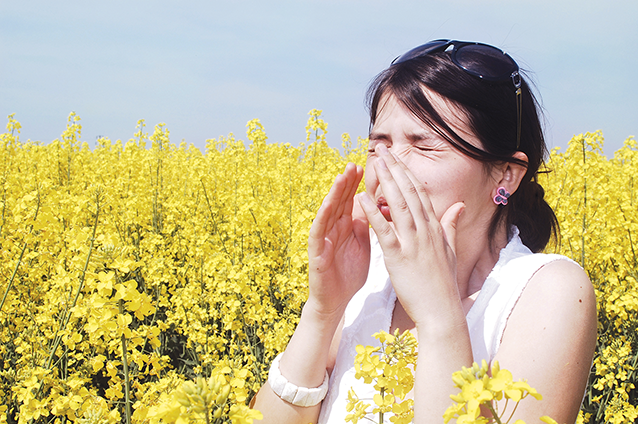The human body is a well-oiled machine that is a wonder of biological efficiency when working properly. The body’s immune system is integral to keeping a person healthy, and it does that by recognizing foreign invaders, such as viruses and bacteria, and then launching an attack to eradicate them. Sometimes, however, the body treats outside substances as harmful when they’re really just nuisances. This is the case with allergens.
Allergens, according to eMedicine Health, trigger an immune system response to various substances the body deems harmful. In turn, the body overreacts to these substances, triggering allergic reactions. Allergic reactions may occur in one person and not another. The immune system produces antibodies, which can cause certain effects, including inflammation of the skin, sinuses, digestive system, or airways, depending on the allergen, according to the Mayo Clinic.
Many things can trigger allergies, and the Centers for Disease Control and Prevention estimates that more than 50 million people in the United States have allergies. Here’s a look at some of the more common allergies that tend to rear their heads when weather warms up.
Pollen
The air is filled with pollen come the spring and summer. Freshly blooming grasses, trees, flowers, and even weeds produce an abundance of pollen this time of year. It may coat vehicles outside and make its way indoors when people throw open windows to enjoy warm breezes.
Pollen allergies are quite common and cause runny, stuffy nose, itchy eyes, sneezing, watery eyes, and itchiness of the skin or roof of the mouth in some instances. Decongestants tend to be recommended when pollen count is high. It’s also best to leave windows closed during these times.
Mold
Mold are very small fungi with spores that float in the breeze like pollen. Mold thrives in damp areas. Mold may grow unchecked after spring rains or in piles of damp leaves. It also can be found in musty basements or bathrooms. Using a dehumidifier indoors can help alleviate mold, but outdoors it may be a little more challenging to control. When doing yard work in damp areas, wear a mask to avoid breathing in spores.
Dust mites
Chances are the arrival of spring may trigger the desire to do a little cleaning. In turn, it’s highly likely that dust will be disturbed, and along with it, dust mites. WebMD says dust mites are microscopic and people may not even know they are around. Keeping a home free of dusty items can reduce dust mite numbers. Also, cover mattresses, pillows and wash sheets weekly in hot water to help alleviate dust mite infiltration.
Insect stings
We tend to think of allergens in terms of small substances that are inhaled, but insects that are abundant in the warm weather can be troublesome, too. An insect sting or bite can cause hives, itching, swelling, shortness of breath, or even anaphylaxis. While there’s no definitive way to avoid all insects, people can opt against brightly colored clothes and scented lotions or cosmetics. Insect repellents and skipping sweet foods or beverages at outdoor meals also may help.
Allergens are common this time of year, and people can take caution to feel better if they suffer allergies.




